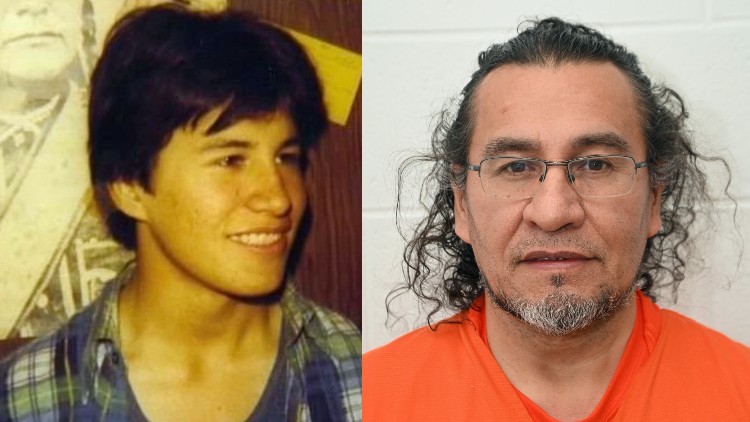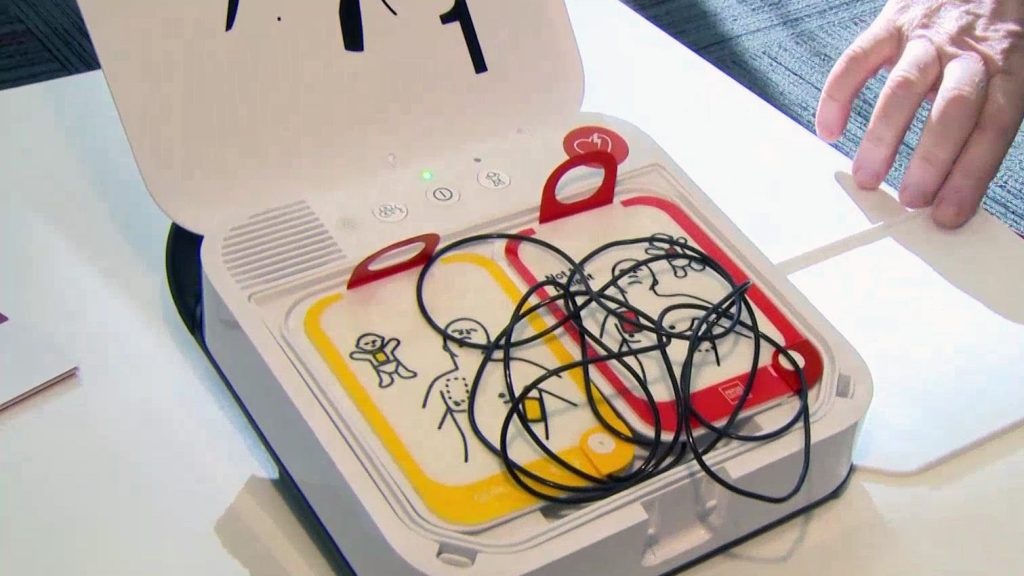Genetic testing that identified suspect in Toronto murders helping solve cold cases across North America

Posted December 8, 2022 2:31 pm.
Last Updated December 8, 2022 4:46 pm.
The suspect in the cold case murders of two Toronto women is set to make his first court appearance on Friday as more is shared about what led to his arrest.
Although police had DNA evidence in the cases of Erin Gilmour and Susan Tice from 1983, it wasn’t until a company outside Houston, Texas, used advanced genetic testing on the DNA to identify the suspect.
The company, called Othram Inc. was able to use this technology to make an identification, which led to the arrest of Joseph George Sutherland from Moosonee, Ont.
Sutherland is facing two charges of first-degree murder. The two victims were sexually assaulted and stabbed to death in apparent home invasions that occurred months apart nearly 40 years ago.
Othram, founded by Kristen Mittelman and her husband, is now regularly solving cold cases across North America. Chief Development Officer Mittelman tells CityNews they purposely built their lab to identify perpetrators and victims from crime scenes using “advance genomic sequencing.”
“We have the most powerful sequencer on earth right now and a whole process, a whole series of steps in between from when you get the evidence from the crime scene and how you work with that evidence,” explained Mittelaen.
“We’ve had only 0.2 nanograms of DNA – that’s the equivalent of 15 human cells. If I touch my hand, I’ve left hundreds of cells,” said Mittelman.
The sequencer is able to pull genetic information from evidence that has otherwise led to decades of dead ends for investigators. This information is then compared to consumer DNA testing profiles that have been voluntarily uploaded to websites like DNAsolves.com.
If a familial match is made, it helps law enforcement flush out more about an unidentified suspect or shed light on many victims who have been nameless for years.
“We’ve been able to identify a victim from 1881. You can imagine the degradation from a victim left outside a barn in 1881. We’ve been able to identify a victim in a septic tank, from Canada actually — another Canadian case,” said Mittelman.
The company was also involved in helping uncover the killer believed to be responsible for the murder of nine-year-old Christine Jessop back in 1984.
Toronto Police Chief James Ramer said the suspect, Calvin Hoover, died in 2015. He was known to the Jessop family. Police say Hoover and his wife had a neighbour or acquaintance relationship with the family and had been to their home as well.
Ramer said they were able to identify him using DNA found on Jessop’s clothing and genetic genealogy. The little girl from Queensville, Ont., was last seen on Oct. 3, 1984. Her body was found over three months later.
Mittelman said when they first started out in early 2019, they solved a few cases a year. Now, they are returning a few investigative leads a day.
The technology also helped bring new leads to a nearly 50-year-old murder case, the oldest unidentified murder victim case in the state’s history, according to the FBI. Othram worked with the FBI to not only identify the victim, who was known as “the Lady of the Dune,” but her husband as a potential suspect.
Mittelmen tells CityNews they are currently working with Toronto Police on 30 other cold cases. She was not able to give any further details or identify which cases they were assisting on.
“I can’t wait to live in a world where people have hope they’re going to find where their missing loved one is, and they’re going to find out what happened to them and get justice for their crime,” shared Mittelman.








